Invented by John Bicket, Anubhav Jain, James Duffield, James Robert Saunders, Samsara Inc
Industrial controller systems with interactive GUIs are designed to simplify complex tasks and enhance productivity in industrial settings. They offer a visual representation of the processes, allowing operators to easily understand and interact with the system. This intuitive interface reduces the learning curve for operators and minimizes the risk of errors, ultimately leading to improved efficiency and cost savings.
One of the key advantages of these systems is their ability to provide real-time data and analytics. The interactive GUIs display critical information such as temperature, pressure, and production rates, enabling operators to make informed decisions quickly. This real-time data empowers operators to identify and address any issues promptly, minimizing downtime and optimizing production.
Furthermore, industrial controller systems with interactive GUIs often include advanced features such as alarm notifications, data logging, and remote access capabilities. These features enable operators to monitor and control processes from anywhere, enhancing flexibility and convenience. Additionally, the systems can generate detailed reports and analytics, providing valuable insights for process optimization and predictive maintenance.
The market for industrial controller systems with interactive GUIs is witnessing growth across various industries. In manufacturing, these systems are widely used to control and monitor production lines, ensuring smooth operations and high-quality output. In the energy sector, they are utilized to manage power generation and distribution, optimizing efficiency and reducing energy consumption. The pharmaceutical industry utilizes these systems to monitor and control critical processes, ensuring compliance with regulatory standards.
The increasing adoption of Industrial Internet of Things (IIoT) and Industry 4.0 technologies is further driving the demand for industrial controller systems with interactive GUIs. These systems seamlessly integrate with other smart devices and sensors, creating a connected ecosystem that enables real-time monitoring and control of industrial processes. The ability to gather and analyze data from multiple sources enhances decision-making and enables predictive maintenance, leading to improved operational efficiency and reduced costs.
In terms of market players, several companies are actively involved in the development and supply of industrial controller systems with interactive GUIs. These companies continuously innovate and enhance their offerings to meet the evolving needs of industries. They invest in research and development to improve the user experience, add new features, and ensure compatibility with emerging technologies.
In conclusion, the market for industrial controller systems with interactive GUIs is witnessing significant growth due to the increasing adoption of automation and digitalization in industries. These systems provide a user-friendly interface that simplifies complex tasks, enhances productivity, and enables real-time monitoring and control. As industries continue to embrace technology-driven solutions, the demand for these systems is expected to further increase, driving innovation and advancements in the market.
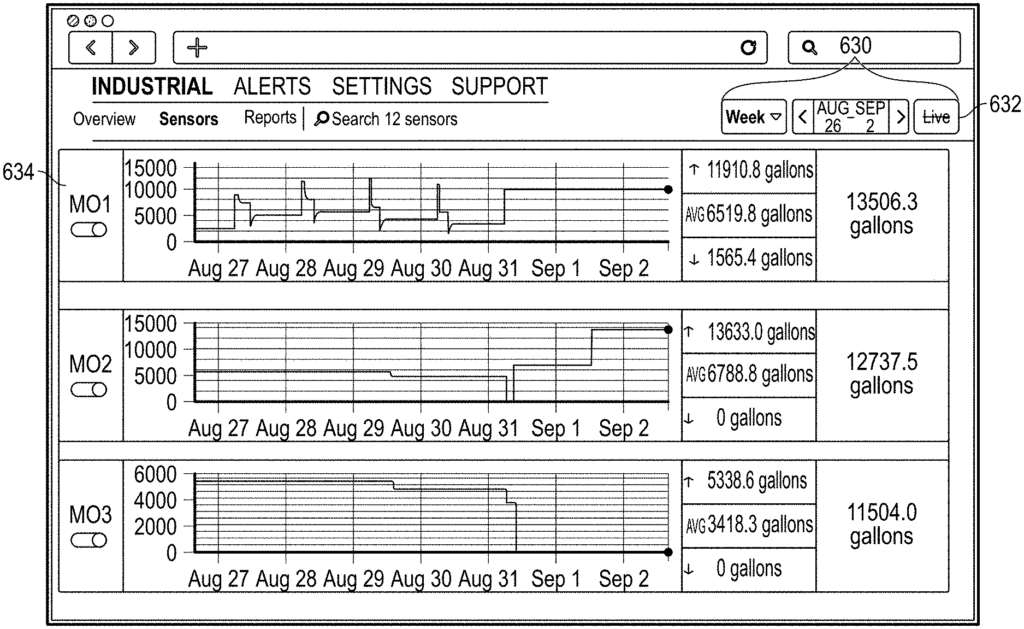
The Samsara Inc invention works as follows
The controller devices can be configured to automatically communicate with a remote server for management (e.g. a cloud-based management server) and to offload data and analyses via wired and wireless communication. The controller devices may further communicate with the management server, user computing devices, and/or human machine interface devices, e.g., to provide remote access to the controller device, provide real-time information from the controller device, receive configurations/updates, provide interactive graphical user interfaces, and/or the like.
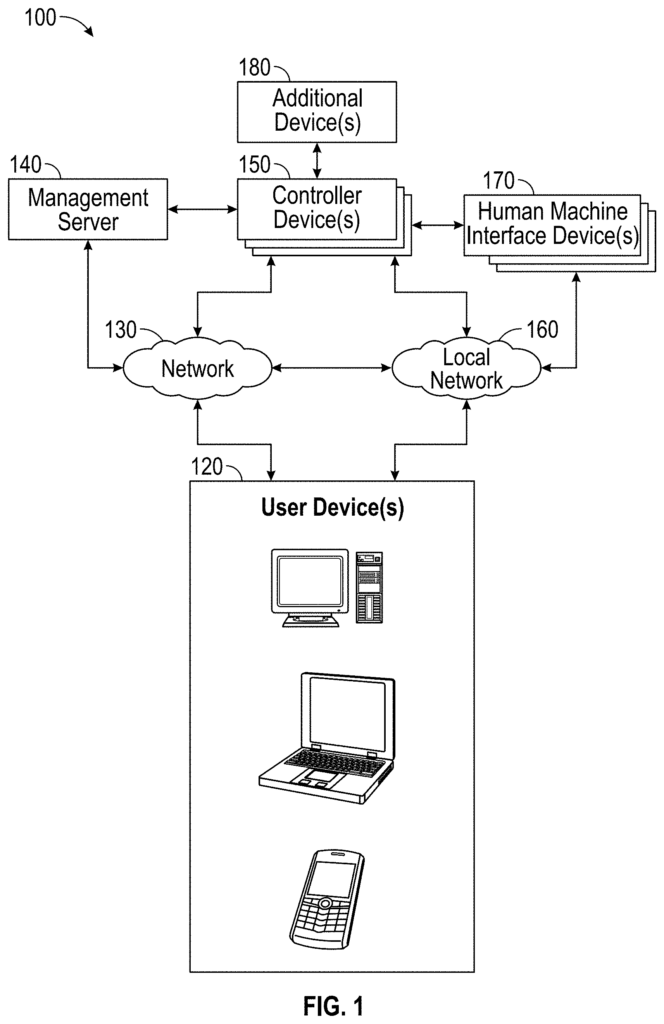
Background for Industrial controller system with interactive graphical user interfaces relating thereto
The approaches described herein are possible approaches, but not necessarily those that have been used before. It is not possible to assume that any of these approaches are prior art, except as otherwise stated.
Industrial controller systems, such as standard industrial control systems (?ICS?) or programmable automation controllers (?PAC? ), may include various types of control equipment used in industrial production, such as supervisory control and data acquisition (?SCADA?) systems, distributed control systems (?DCS? ), programmable logic controllers (?PLC? ), and industrial safety systems. Such systems may be used in industries including electrical, water and wastewater, oil and gas production and refining, chemical, food, pharmaceuticals, robotics, and the like. Using information collected from various types of sensors to measure process variables, automated and/or operator-driven supervisory commands from the industrial controller system can be transmitted to various devices, e.g., actuator devices such as control valves, hydraulic actuators, magnetic actuators, electrical switches, motors, solenoids, and the like. These actuator devices collect data from sensors and sensor systems, open and close valves and breakers, regulate valves and motors, monitor the industrial process for alarm conditions, and so forth.
In general the configuration of industrial control systems can be difficult and time-consuming for non-technical people. Configuration of individual controllers may require interaction with individual devices (e.g. inserting memory cards or wired interfaces into the controller devices themselves) or adjustments to settings. In addition, gathering data on individual controllers can be time-consuming, making it impossible to perform real-time, or near-real-time, analyses, even if the data is from multiple devices. This can make it difficult for non-technical people to handle situations when a controller device fails or needs to be upgraded in light of changes to, e.g. a manufacturing process or line.
The systems, methods and devices described in this document each have multiple aspects. No single aspect is responsible for the desirable attributes. “Several non-limiting features are described in brief, without limiting the scope.
These layers may include device level measurement sensors, telemetry and control devices (e.g. programmable logic controllers (?PLC?)). These layers can include devices such as programmable logic control (?PLC?) or remote terminal units (?RTU? These layers may include device level measurement sensors, telemetry and control devices (e.g., programmable logic controllers (?PLC? Devices such as databases and other data management devices,?historian’ Devices (e.g. databases and other devices for data management), visibility and control devices (e.g. human machine interface (HMI)? Manufacturing execution systems (MES) Manufacturing execution systems (?MES? These multiple layers of different technology devices can create significant complexity when implementing, expanding and updating such prior industrial control systems.” The multiple layers of technology can make it difficult to implement, expand, and update industrial control systems.
Various embodiments of the disclosure can overcome various disadvantages associated with prior systems and techniques. As an example, embodiments may include industrial controllers (also known as “controller devices?”). The controller devices may have built-in wireless or wired communication capabilities, data storage, offloading, rapid configuration, and/or other device control capabilities. The controller devices can automatically establish communication with the remote management server. The management server can be used to remotely monitor and configure the controller devices, for example, through an interactive graphical interface that is accessible via a computing device. The controller devices can include configuration execution capability so that they operate autonomously on the basis of a current configuration. The controller devices can also include an automatic offloading capability of the received data into a remote database, e.g. via the management server. The management server can use the received data to provide further analysis, insights, alerts etc. Users can interact with interactive graphic user interfaces. The controller devices can provide remote access via a web server operating on the controller device to live operational data. Human machine interfaces may communicate directly or indirectly with controller devices using wired, wireless or networked communications. The controller devices can provide interactive graphical interfaces for such human machine devices. This allows synchronization of controller status across multiple human machine devices or other user devices. According to various embodiments of this disclosure, controller devices and management servers may replace the many layers of technology in prior systems while providing additional benefits and functionality, as well as maintaining options for interacting with and working on prior systems (e.g. existing sensors, PLCs etc.).
Various embodiments of the present disclosure provide an advantageous platform that can combine data collection with control, alerts and analytics, in a system that is easy to deploy and use?from the factory floor to remote locations. The present disclosure can enable the management of controllers from a cloud dashboard. The present disclosure can provide controllers that combine local control with data collection capabilities. Embodiments of the present disclosure may provide controller devices that combine local control and data collection capabilities of a programmable logic controller (?PLC?) The remote terminal unit (?RTU? “Embodiments of this disclosure can provide out-of-the box visibility of historical and real-time data and simple alerting, without the need for additional software.
According to different embodiments, there are one or multiple controller devices with configurable input and/or output ports. These can be configured according to one or more communication specifications and/or configurations on the controller device. This allows, for example, them to interact and communicate with additional systems and devices (e.g. associated with a production line or process). The controller devices may collect or receive data, which may optionally then be processed or analysed by the device based on its configuration, for example, to generate controls or outputs related to additional systems or devices, such as those associated with a production line or process. The controller device can provide outputs as a result of data received and/or an analysis of that data. For example, it could stop or adjust a manufacturing line or process or send alerts. The controller device can include a memory on the device for storing data and analysis. The controller device can also include other aspects such as one or more web servers for communication with other devices/systems.
The controller devices can be configured in various ways to automatically connect to remote management servers (e.g. a cloud-based management server) and to offload data received via wired or mobile communications to the remote management servers. The controller devices may further communicate with the management server, user computing devices, and/or human machine interface devices, e.g., to provide remote access to the controller device, provide real-time information from the controller device, receive configurations/updates, provide interactive graphical user interfaces, and/or the like.
In various embodiments, a management server can aggregate data received and/or analysed from one or multiple controller devices and provide alerts, statuses and analyses via interactive graphic user interfaces accessible via computing devices of the user. The management server can provide interactive graphical interfaces that allow a user to configure one or more controllers.
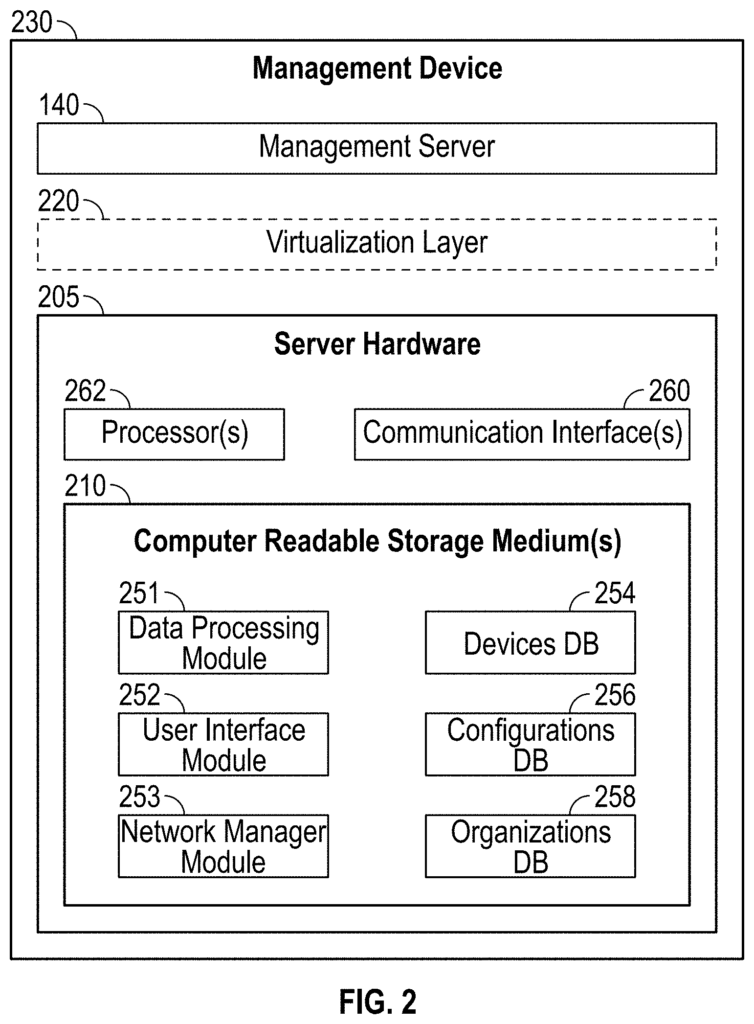
In various embodiments, human machine interface (?HMI?) Devices may communicate with controller devices via web-servers that run on controller devices and provide interactive graphical interfaces for the human machine interface device. The human machine interface device allows users to configure the controller devices and/or monitor their status. Human machine interface devices typically communicate with controller devices over a local network.
In various embodiments, controller devices can communicate with additional devices such as sensors, other components in a manufacturing process or line, etc. These communications can be carried out via one or more application program interfaces ?).
In various embodiments, large quantities of data can be dynamically and automatically gathered, analyzed, and presented to the user in a way that is efficient. In some embodiments, systems, devices and configuration capabilities are described that are more efficient than previous systems.
Further as described in this document, systems or devices can be configured and/or built to generate graphical interface data that is usable to render the interactive graphical interfaces described. The graphical interface data can be used by devices, systems and/or software (for example, browser programs) to render interactive graphical interfaces. Interactive graphical user interfaces can be displayed, for instance, on electronic displays, including touch-enabled ones.
It has also been observed that designing computer user interfaces “that are usable and easily learnable by humans” is a difficult problem for software developers. (Dillon, A. User Interface Design. MacMillan Dictionary of Cognitive Science, Vol. 4, London: MacMillan, 453-458.) The present disclosure describes a variety of embodiments of dynamic and interactive graphical user interfaces, which are the product of significant development. The graphical user interfaces that are described herein may offer significant cognitive and ergonomic advantages and efficiencies over previous systems. Interactive and dynamic graphical interfaces may improve human-computer interaction, resulting in reduced mental workloads for users, better decision-making capabilities, less work stress and/or other benefits. The inputs described in this document may, for example, optimize the display and interaction of controller devices and allow a user more accurately to access, navigate, assess and digest analyses and configurations as well as receive/operational data.
The interactive and dynamic user interfaces described in this document are further enabled by improvements to the interactions between user interfaces and the underlying components and systems. Herein, for instance, are disclosed improved methods of receiving inputs from users (including methods to interact with and select received data), translating and delivering those inputs into various system components (e.g. controller devices), automating and dynamically executing complex processes as a response to input delivery (e.g. executing configurations on controller device), and automatically interacting among various components and process of the system. “The interactions and presentation data through the interactive graphical interfaces described in this document may provide cognitive and ergonomic advantages over previous systems.
Various embodiments” of the present disclosure offer improvements in various technologies, technological fields and applications. As described above, industrial controllers are currently limited in many ways. Various embodiments of the disclosure offer significant improvements to such technology and provide practical applications. Various embodiments of the disclosure are also inextricably linked to computer technology and provide practical applications. The various embodiments of the present disclosure rely heavily on the detection of user inputs through graphical interfaces, on the operation and configurations of controller devices and on calculations of updates of displayed electronic data in response to user inputs. They also rely on automatic processing of data received and on the presentation of updated data and analysis via interactive graphical interfaces. These features, as well as others, are closely tied to computer and industrial control technology and could not exist without it. The industrial controller functionality described in the following sections, and the interactions with displayed data, cannot be done by humans without the computer technology and imaging technology that is used to implement them. The implementation of various embodiments via computer technology allows for many of the benefits described in this disclosure, including more efficient interactions with electronic data and their presentation and analysis, controller device configuration and operation, and the such.
The present disclosure also discloses and contemplates various combinations of the features, embodiments and aspects recited above and below.
The appended claims may be used to summarize the disclosure in addition.
In various embodiments systems and/or computers are disclosed which comprise a computer-readable storage medium with program instructions embedded therein, and one/more processors configured for the execution of the program instructions, causing the one/more processors to perform one/more aspects of embodiments described above and/or below (including one/more aspects of appended claims).
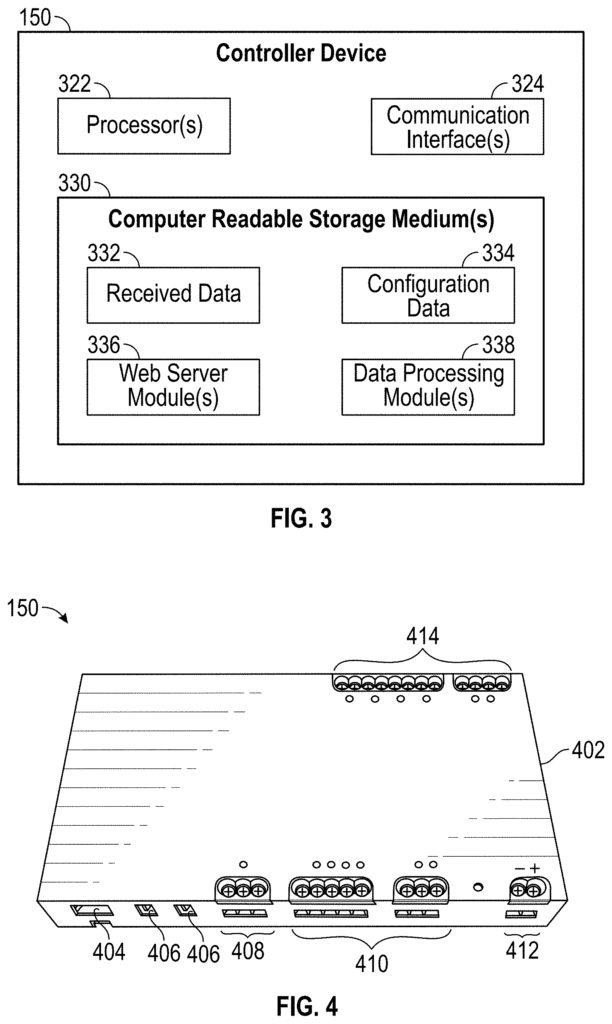
In various embodiments, computer implemented methods are disclosed where, by one/more processors executing instructions, one/more aspects of the above and/or below described embodiments are implemented and/or executed (including one/more aspects of appended claims).
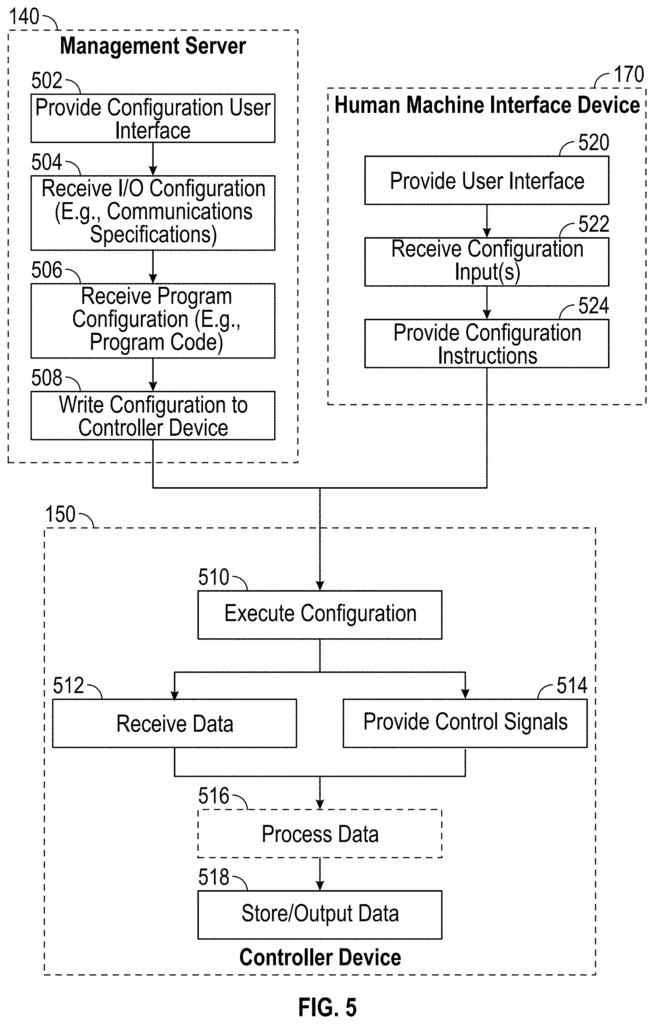
Click here to view the patent on Google Patents.
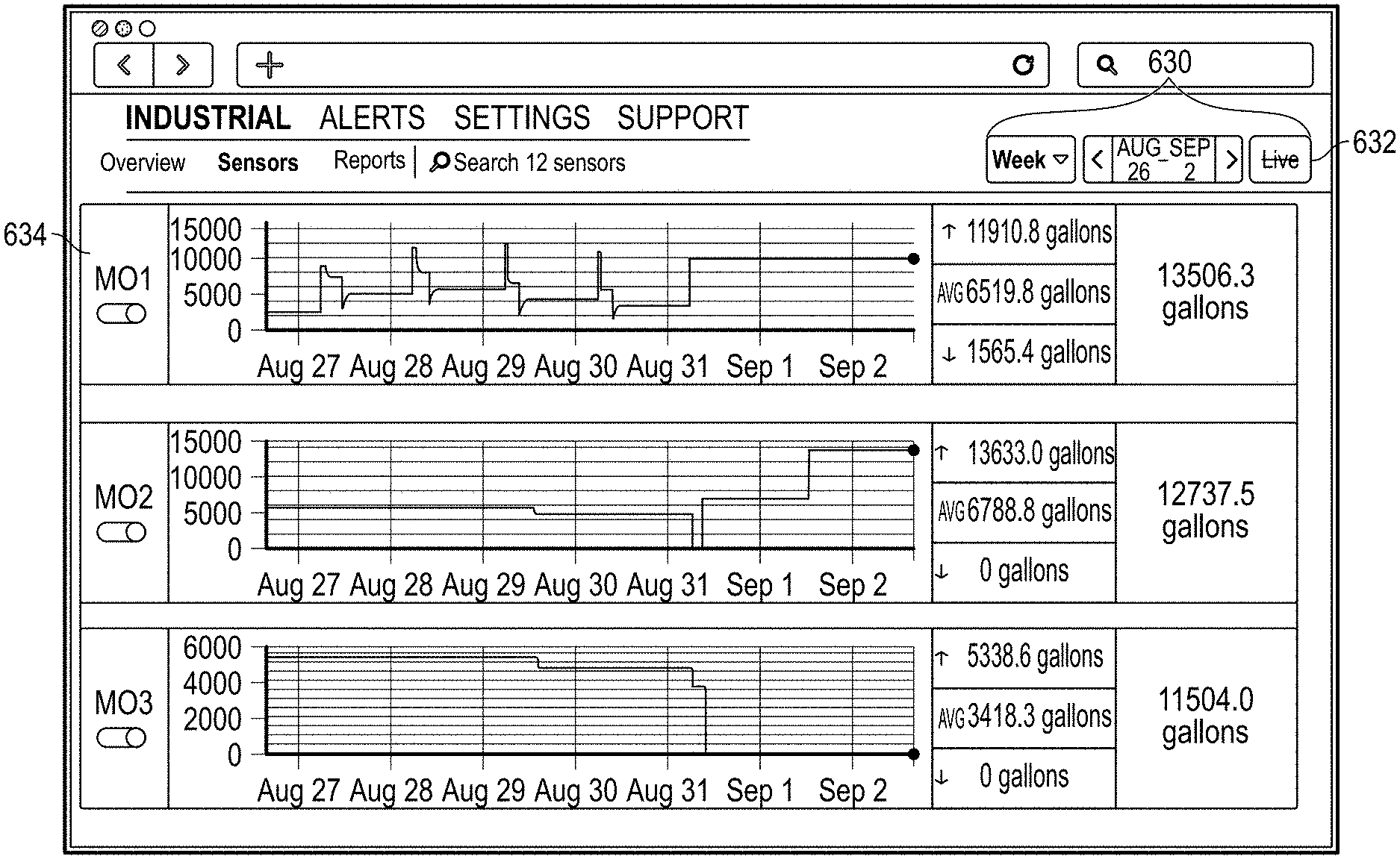
Leave a Reply